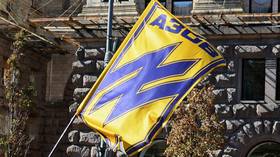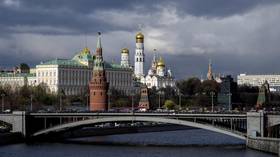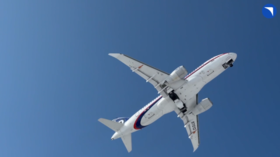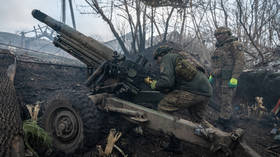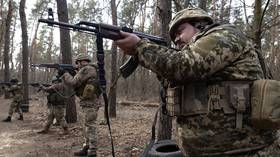Sunrise girl: 11,500yo remains shed light on the Americas’ first settlers (PHOTO, VIDEO)
Around 11,500 years ago, the body of a young baby was carefully buried in what is now central Alaska. Today, DNA extracted from her remains is helping to shed light on how the human race first came to settle the Americas.
On Wednesday, scientists revealed that upon studying the genome of a six-week-old infant, named ‘sunrise girl-child’ or ‘Xach‘itee‘aanenh T‘eede Gaay’ in the local indigenous language, that she belonged to a previously unknown Native American population.
READ MORE: Dinosaur fossils dating back 130 million years found at building site in China (VIDEO)
To find out more about this groundbreaking discovery, RT.com caught up with one of its main authors, University of Alaska Fairbanks archaeologist Ben Potter.
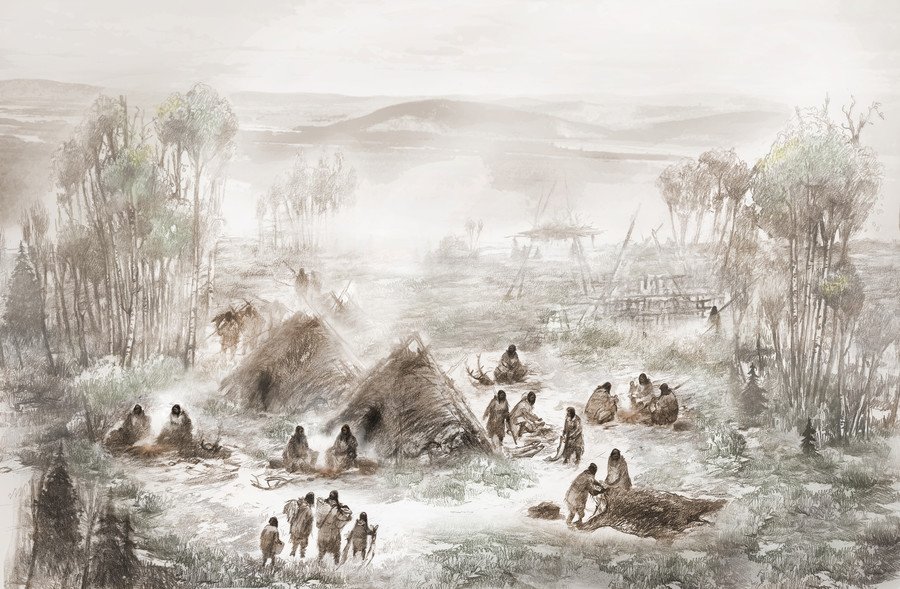
RT: Can you explain in a nutshell what exactly you have found?
Potter: “We report the findings of genomic analyses of a 11,500 year old infant (USR1) discovered at Upward Sun River site, in Alaska. The study provides the first direct genomic evidence that all Native American ancestry can be traced back to the same source population during the last Ice Age.”
“We compared USR1 with a set of ancient and contemporary genomes and found the infant represents a distinct population that we term ‘Ancient Beringians’ that - together with ancestors of other Native Americans - descend from a single founding population that split from East Asians around 36,000 years ago.”
What does the discovery mean for us now?
“There are many reasons why we should care. First, this represents significant new findings on our heritage as a species. The Americas were the last continents to be colonized by modern humans and understanding this process is important for understanding ourselves, our capacities as a species.”
“These Ancient Beringians survived and flourished through major climate changes, the end of the Ice Age, extinctions of the prey the relied on most, and major vegetation shifts, including the emergence of the modern boreal forest. This represents the last major climate change prior to our modern-day anthropogenic climate impacts and associated extinctions.”
What conditions would these early travellers have faced when making the journey across the landbridge from Russia/Asia to modern day Alaska?
“Rather than a ‘journey,’ what we’re talking about is likely a population expansion of people from northeast Asia. They would have been in familiar environments - mostly glacier-free, with the landscape dominated by steppe-tundra, which was productive and supported grazers like mammoth, horse, and bison.”
“Our evidence is that once they were in Alaska, bison and wapiti (elk) were key resources, along with salmon later on. The toolkit and subsistence economies were entirely terrestrial - and we have no evidence for coastal or maritime exploitation either in northeast Asia or Beringia.”
How important is this find in informing our understanding of how the Americas came to be populated?
“This is a very rare find, and only the second oldest Native American genome sequenced after Anzick (the name given to the remains of Paleo-Indian male infant found in western Montana in 1968).”
“It has changed our understanding forever in that we now have to include these ancient Beringians in any discussion of the peopling of the Americas. Because this is a sister-clade to all other Native Americans, it allows us to understand more the single founding population of Native Americans - so it provides definitive evidence that all Native Americans descend from a single source.”
“As to the details of where the population splits occurred and the routes of colonization, this is still open to further testing. Both the coastal route (open by 16,000 years ago) and the ice free corridor (interior) route (open by 15-14,000 years ago) remain viable routes of entry into North America.”
What does the discovery tell us about our ancestors?
“We have learned a lot about Ancient Beringian lifeways through research at the USR site. Previous research indicates they hunted large game like bison and elk, but they also subsisted on small mammals (e.g. hare, ground squirrels) and birds. At Upward Sun River, a residential camp where women and children were present, we have evidence of large, medium, and small mammals, dominated by hare and ground squirrel, but also with the earliest evidence of salmon exploitation.”
“Evidence from these sites indicates complex land use patterns, where logistically organized hunting parties specialized in megafauna like bison, processing them at spike camps, and bringing meat back to centrally located residential base camps like USR. Broad spectrum foraging of small game and fish occurred at these residential camps. This adaptive strategy was resilient and apparently persisted for over 6,000 years in the Subarctic through many climatic and vegetation changes.”
Sunrise Girl was buried alongside another ‘Dawn Twilight Girl-Child’ - is there any way of telling how they died?
“No, it is difficult to identify cause of death in infants so young, as the bones are not fully developed. We can say that infant mortality is generally high among hunter-gatherers, and the fact that they died during the summer (when the resources would be the most abundant), suggests high levels of stress.”




